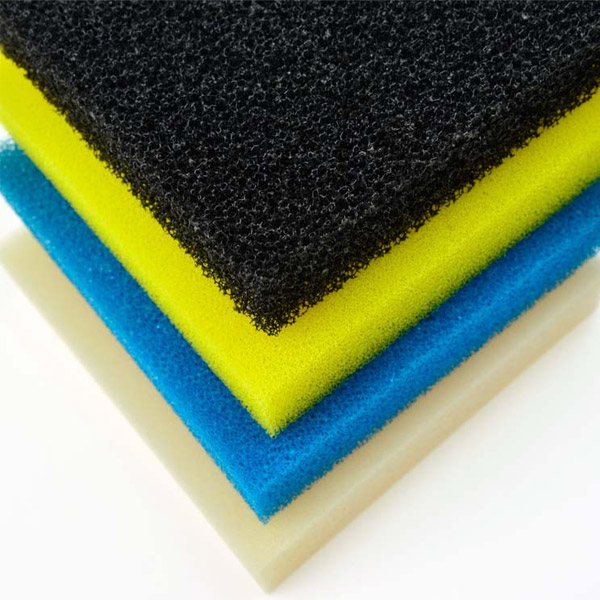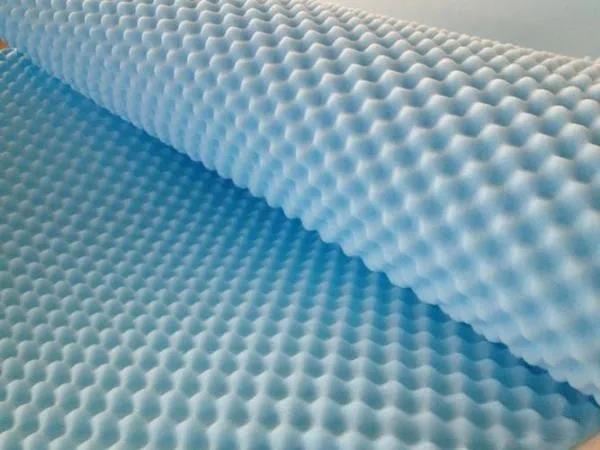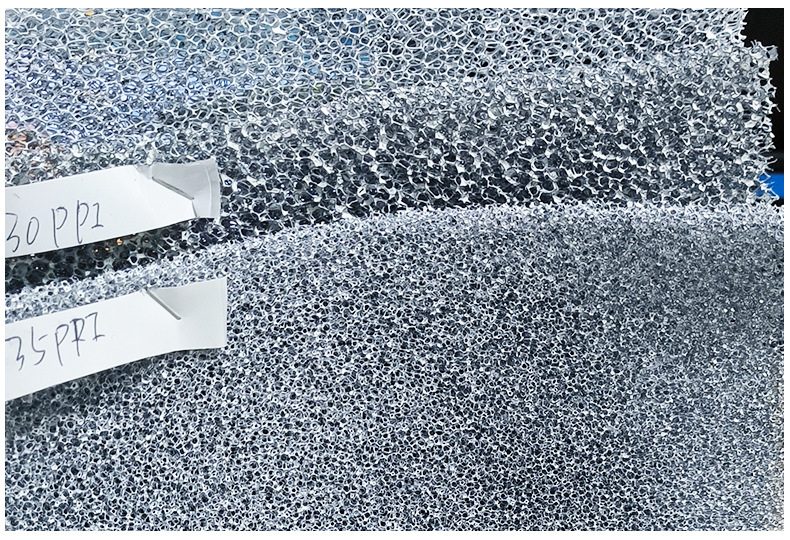Sound-absorbing sponge is processed by melamine foam, with unique sound-absorbing, heat insulation, flame retardant, high temperature resistance, water absorption, light and other comprehensive properties.It is widely used in the fields of architectural decoration, traffic vehicles, water vessels, aerospace, mechanical and electrical equipment, and industrial sound absorption and insulation.
Sound-absorbing sponges are mainly divided into the following types:
1.Pyramid sound absorbent
Pyramid sound absorbers have beautiful appearance and good acoustic properties.Based on this design, the pyramid sound-absorbing cotton enhances its installation function by providing a minimal amount of seams.This will make the installation more beautiful.And because of its four-pyramid shape, it also provides a little extra diffusion that makes the sound more dynamic.
2.Wedge shaped sound-absorbing sponge
Wedge sound-absorbing cotton is sound-absorbing cotton component important constituent, it and other products together can form a wide-band absorber, extensible combination scheme can let its enough to deal with various size of various kinds of space, such as recording studio, control room, listening room, studio, home theater, classroom, multi-function hall and so on.
3.crest sound absorbing sponge
The unique shape of the crest of the sound absorption sponge, used in sound insulation and noise reduction.It is highly absorbent for high frequencies, and can also be used for sound absorption processing, as well as more demanding playback rooms, such as control room, mixing room, listening room, home theater, etc.Wave-peak sound-absorbing sponges are also commonly used in the packaging of precision and electronic instruments.As a packing pad, it can cushion the vibration and protect the equipment. At the same time, the flame retardant property also makes the instrument more safe.
4.High-quality sound-absorbing sponge
The flat exterior is different from the three above, and is carefully designed for interior acoustics schemes.It can be combined with other products at will, creating a wide band absorber while also creating a beautiful and varied appearance.
 What are the advantages of polyurethane sponges ?
What are the advantages of polyurethane sponges ?
 The breathability of the wavy sponge greatly improves comfort
The breathability of the wavy sponge greatly improves comfort
 How does a wavy sponge improve blood circulation
How does a wavy sponge improve blood circulation
 What is Photocatalyst filter and its Application
What is Photocatalyst filter and its Application